[ June 6 - June 30, 1999 ]
We travelled to Iran by a Volkswagen Transporter car via Balkan peninsula and Turkey. Iran is a relatively rich country with very good roads, well supplied stores, nice and clean hotels, and a broad and well working service system. The country is safe for a traveller, people are nice and helpful, and all the prices are unbelievably low. If there were no problems with Iran visa policy it would be an ideal country for any sort of tourist activities.
Iranian nature is fantastic. We travelled from Bazarghan (the border between Turkey and Iran) southward passing the Orumiye lake and searched the huge mountain complex Zagros first. One of our stops was in Dorud (Figure 1), a village close to Horramabad in the W of Iran. It is a mountainous countryside with sparse vegetation composed primarily by shrubby oaks. In this place and in some other localities situated in the NW of Iran we collected for instance: Phytoecia (Helladia) imperialis (Sama et Rejzek), Agapanthia (Smaragdula) frivaldszkyi Ganglbauer, Mallosia (Eumallosia) herminae Reitter, Cortodera pseudomophlus Reitter, Chlorophorus adelii Holzschuh, Mesoprionus persicus (Redtenbacher), Phytoecia (Pygoptosia) eugeniae Ganglbauer, Osphranteria coerulescens inaurata Holzschuh, Stictoleptura (Stictoleptura) tripartita (Heyden) and many other interesting Cerambycidae species.
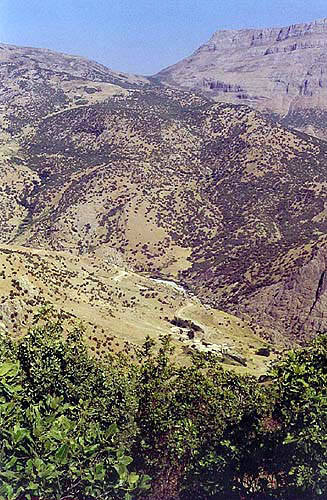
Figure 1 [Photo © M.Rejzek] W IRAN, province Lorestan, Dorud 80 km E Horramabad |
The southern most place we reached was the environments of Siraaz (Figure 2) in the the S of Zagros. The place surprised us by a rich vegetation cover composed by Quercus brenti, Lonicera, Amygdalus, Fraxinus and other shrubs and trees. In this locality we collected for instance: Monocladum iranicum Villiers and Derolus iranensis Pic.
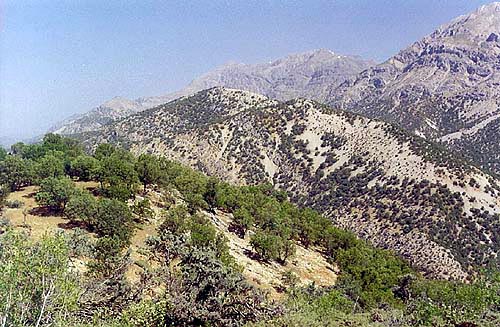
Figure 2 [Photo © M.Rejzek] SW IRAN, province Fars, Siraaz |
From the very south of Iran we travelled to mountain Elborz in the north of the country. We arrived at a place called Gorgan (Figure 3) in the NE Iran. It is the most impressive place I have ever seen in the Palaearctics. The north facing aspects of the mountain Elborz are influenced by the Caspian see which ensures a lot of precipitation. The local forests are composed by Fagus orientalis, Tilia, Alnus, Quercus, etc. and the trees reach unbelievable sizes. To name a least the most interesting species we met here I must not forget: Acanthocinus (Acanthocinus) elegans Ganglbauer, Morimus asper verecundus (Faldermann), Archandra caspia (Ménétriés), and Isotomus comptus maculicollis Holzschuh.
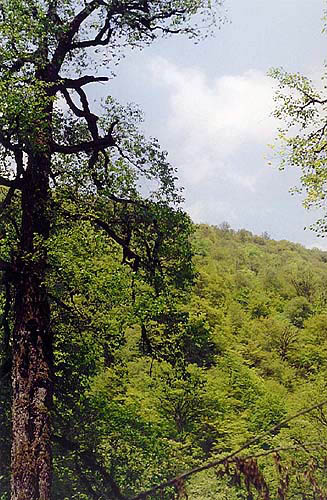
Figure 3 [Photo © M.Rejzek] N IRAN, province Mazandaran, Gorgan |
The next stop we did was a town called Calus (Figure 4) in the W of the mountain Elborz. Again the vegetation here was extremely rich and also the number of insect species we met here was hard to believe. To give some examples we collected here: Saperda maculosa Ménétriés, Leiopus (Leiopus) kharazii Holzschuh, Paraclytus reitteri (Ganglbauer), Isotomus comptus comptus (Mannerheim), etc.

Figure 4 [Photo © M.Rejzek] N IRAN, province Mazandaran, 10 km S Calus |
From the city Calus we decided to cross the mountain Elborz and reached a pass (Figure 5) in an altitude at about 2800 metres. It was a typical mountainous locality with grassy formations containing various plant species like Ferula, Salvia, etc. In this place we collected: Mallosia (Eusemnosia) mirabilis (Faldermann), Mallosia (Submallosia) jakowlewi Semenov, Agapanthia (Epoptes) angelicae Reitter, and some other species.
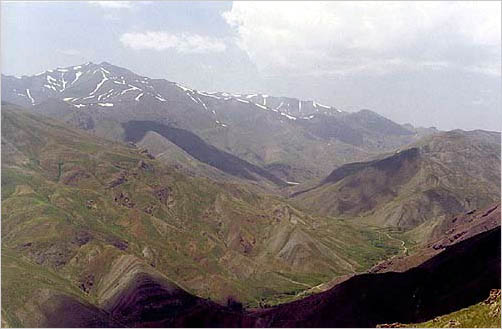
Figure 5 [Photo © M.Rejzek] N IRAN, province Mazandaran, 70km SW Calus (pass) |
On our way home we visited a well known locality: Buglan Gecidi (Figure 6) close to the city Mus in E Turkey. To name only the most interesting Cerambycidae species we collected here I must not forget: Akimerus berchmansi Breit, Vadonia bittisiensis Chevrolat, Agapanthia (Smaragdula) frivaldszkyi Ganglbauer, Phytoecia (Paracoptosia) compacta compacta (Ménétries), Cerambyx (Cerambyx) heinzianus Demelt, Pteromallosia albolineata (Hampe), Purpuricenus interscapillatus cornifrons Sabbadini et Pesarini, Phytoecia (Neomusaria) suworovi Pic, and a number of others.
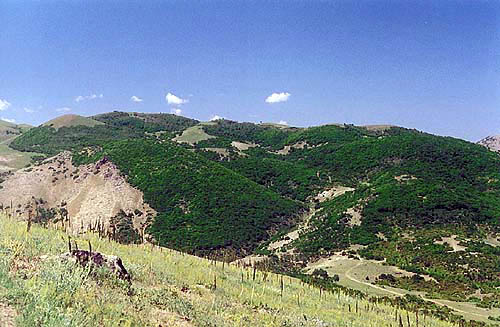
Figure 6 [Photo © M.Rejzek] E TURKEY, Buglan Gecidi NW Mus |
Before we reached the Black sea we made a short stop in Cankurtaran Gecidi (Figure 7) a locality situated close to Hopa in NE Turkey. The place is strongly influenced by the Caucasian fauna and flora and our results corresponded with this phenomenon. We collected: Parmenopsis caucasica (Leder), Rhagium (Megarhagium) fasciculatum Faldermann, Hybometopia starcki Ganglbauer, Paraclytus sexguttatus (Adams), Fallacia elegans (Faldermann), Cortodera pumila Ganglbauer, Morimus asper verecundus (Faldermann), Clytus schurmanni Sama, Pogonocherus (Pogonocherus) sieversi Ganglbauer, which are species typical for the Turkish Black sea belt. In a nearby locality in this region we collected other species: Stictoleptura (Stictoleptura) deyrollei (Pic), Alosterna tabacicolor subvittata Reitter, Anaglyptus simplicicornis Reitter, Stenurella jaegeri (Hummel), Phytoecia (Musaria) affinis boeberi Ganglbauer, Xylosteus caucasicola kadleci Miroshnikov, and interestingly also Enoploderes (Enoploderes) sanguineum Faldermann , a Caucasian species never recorded from Turkey before.

Figure 7 [Photo © M.Rejzek] NE TURKEY, Cankurtaran Gecidi E Hopa |
